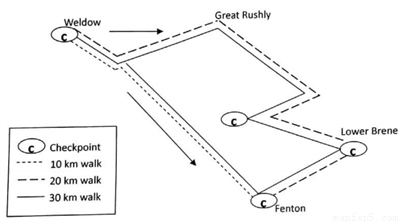0 144097 144105 144111 144115 144121 144123 144127 144133 144135 144141 144147 144151 144153 144157 144163 144165 144171 144175 144177 144181 144183 144187 144189 144191 144192 144193 144195 144196 144197 144199 144201 144205 144207 144211 144213 144217 144223 144225 144231 144235 144237 144241 144247 144253 144255 144261 144265 144267 144273 144277 144283 144291 151629
